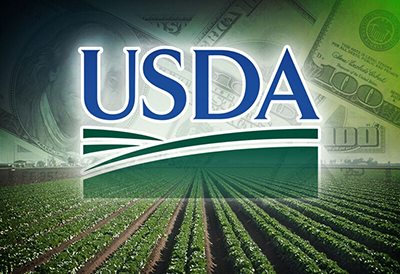Auburn University Researchers Tackle Pine Board Strength

Auburn University researchers are working to develop a system to evaluate standing timber and determine potential board strength, which could improve lumber value.
As pine plantations shot up in Alabama, the Southern Pine Inspection Bureau (SPIB) downgraded visually inspected pine boards in 2013, leaving landowners and industry professionals wondering how to react.
Brian Via of Auburn University (AU) said shorter growing habits are to blame for weaker pine boards, but a team of university researchers is working to quantify the problem and make pine stronger and stiffer.
“As more farmers planted pine and extended harvest times, they realized it was more profitable to harvest and replant earlier for increased volume than wait for trees to mature,” said Via, director of the Forest Products Development Center. “The problem is during the first 15 years of growth, there isn’t a whole lot of density to the wood. But after that juvenile period, the tree grows a lot stronger and stiffer.”
Kenneth Real, who serves on the Alabama Forestry Commission, agreed with Via.
“Primarily, our seedlings were developed for pulp and paper mills,” said Real, Marion County Farmers Federation president. “We seem to be generating fewer paper products because electronic storage has replaced some of the paper demand.”
Via, an associate professor in Auburn’s School of Forestry and Wildlife Sciences, along with graduate students and researchers in AU’s Department of Biosystems Engineering is working to help landowners and companies by creating a new grading system to measure pine stiffness and strength.
“All the current density measurements parallel each other, but the systems can vary as much as 10 percent,” he said. “None of them provides consistent information, so we’re working to create a standardized method to get the same answer from each machine, every time.”
Via said going forward, landowners and industries could measure forests and determine which trees are higher or lower quality, and pay accordingly.
“If a machine could determine one stand is 10 percent stiffer than another, as a land manager you could get a higher price for better quality wood,” he said.
Measuring stiffness in a tree depends on several factors, Via said. After inserting two metal probes about 5 feet apart on the tree, researchers tap the bottom probe several times for a clear readout. Cellulose, density, age and tree species all factor into the measurement.
Via said other countries use the technology, but the volume of U.S. trees makes it difficult to adopt a tree-by-tree measurement policy. To make up for that, Via is working on a sample size to measure forests.
“If we separate higher quality stands of timber, eventually someone will see they can probably make more money by individually measuring trees,” he said. “The timber industry already uses sound waves in the milling process. We’re refining the process and testing the raw material.”
In the meantime, Real said landowners should consult a forester about options to maximize profit margins.
“There are genetic traits you can select to create better density,” he said. “Use a professional forester to make sure you plant the right trees on the right soil types to reap the benefits.”
